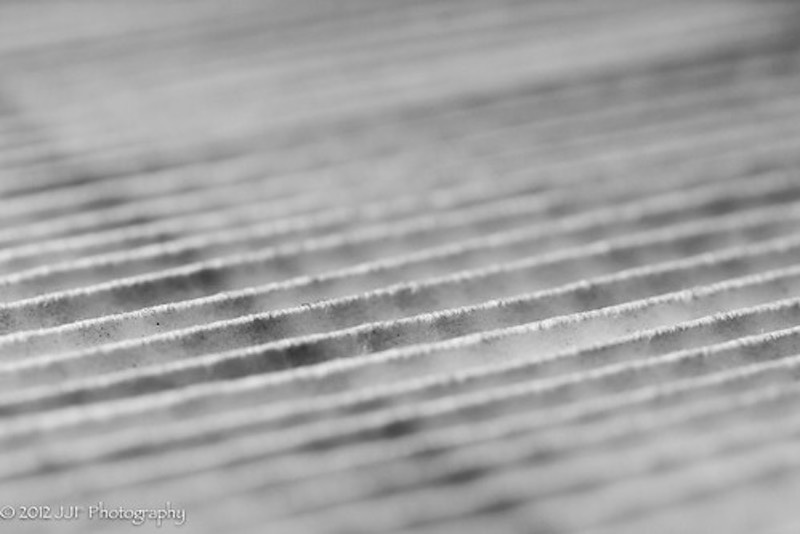
Energy upgrades are good for the environment, increase property value, and can save you lots of money. We’d all love for our homes to be high-efficiency. When it comes to efficiency, however, we often forget about our HVAC systems, which account for close to 50 percent of our home energy expenses. They may seem pretty black and white, but there are actually many things you can do to keep your HVAC system running at peak efficiency.
Get a Programmable Thermostat
While many of us already have digital or programmable thermostats in our homes — 30 percent of us, in fact — the majority don’t actually program them properly. Many of the older models are difficult to use and wind up left in manual mode, or we move into a place that has a thermostat installed already and we don’t know how to use it. The Department of Energy (DOE) suggests setting temperatures 10 to 15 degrees cooler in the winter and increasing it in the summer for eight hours for a savings of up to 15 percent on your annual heating and cooling costs.
In other words, set those adjusted temperatures for while you’re at work, school, or out running errands. It’ll save you big money and prolong the life of your system.
Schedule Regular Maintenance
Image via Flickr by elcamino73
You wouldn’t drive your car around for years without getting a tune-up, or changing the tires. It would run horribly, if at all, and your HVAC system is very much the same. Regular check-ups and small repairs will keep your unit working as efficiently as possible and save you loads of money on big costly repairs — or system replacement — down the road. HVAC technicians can spot minor issues like leaks or dirty coils and ducts.
While most regular maintenance tasks are best left to professionals, replacing your filters — dirty ones are the most common reason for energy efficiency problems — needs to be done every couple months and is something you can easily do yourself at minimal cost. Filters typically work efficiently for 30 to 90 days, depending on many factors within your home such as pets, cleaning habits, or environmental conditions. If you’re unsure as to how frequently you should change your air filter, you can simply pull it out once a month and check it for dust and debris.
Install A Smart Thermostat
If you’re looking to go above and beyond the efficiency that comes with a digital thermostat, a smart thermostat might be worth considering. Smart thermostats do more than simply allow you to set advanced climate schedules. They connect to Wi-Fi, use sensors and algorithms to learn your daily behaviors, self-adjust based on ambient conditions, and can be controlled remotely. In addition to being extremely accurate, smart thermostats are also highly informative — providing information about your energy consumption in real-time, and temperature scheduling tips that will use energy most efficiently. Most popular smart thermostats are reported as saving users anywhere from 10 to 25 percent on heating and cooling costs.
Lastly, smart thermostats are often compatible and can exchange information with other smart devices such as air purifiers, humidifiers, or fans. When used in conjunction with your HVAC system, these devices allow your entire home to run more efficiently.







